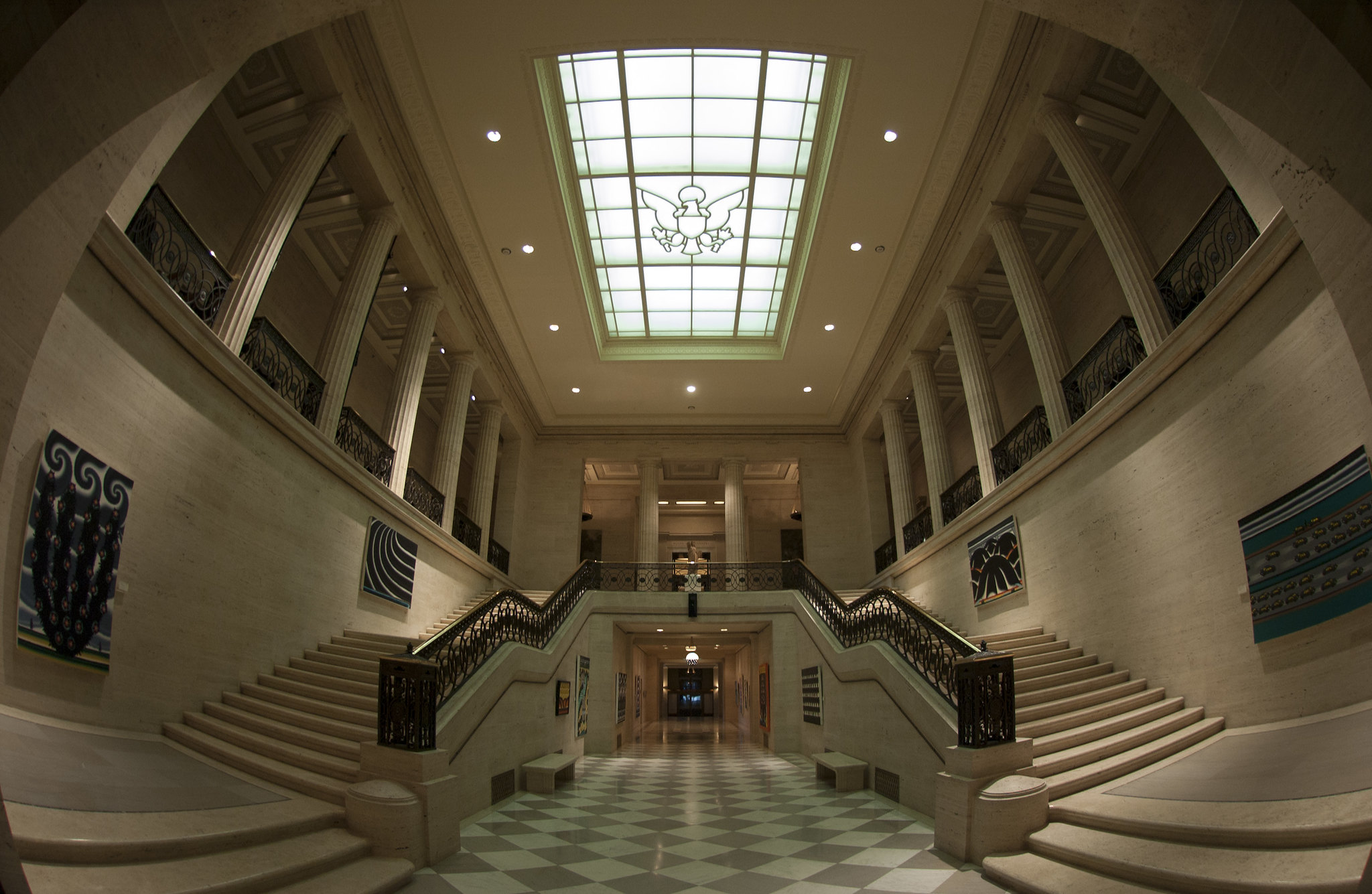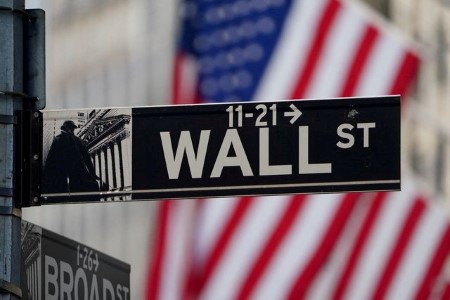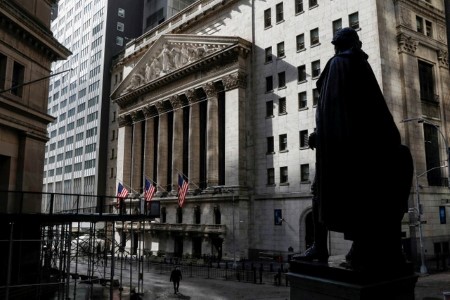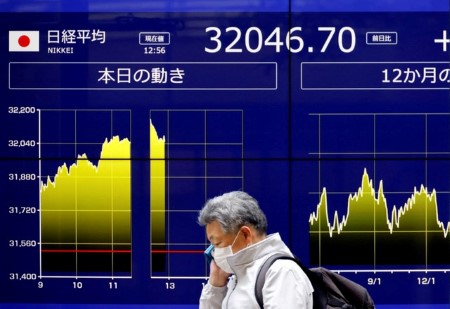NEW YORK, Oct 4 – US stocks ended higher and the Nasdaq gained more than 1% on Wednesday, a day after a sell-off, as the latest economic data showed US private payrolls increased less than expected in September.
Consumer discretionary rose 2%, leading S&P 500 sectors higher, followed by communication services and technology, as US Treasury yields eased off of 16-year highs.
The ADP National Employment Report was cheered by investors worried about rising interest rates and the likelihood that the Federal Reserve may need to keep rates higher for longer.
“On a technical basis, we’re probably a little bit oversold,” said Oliver Pursche, senior vice president and advisor for Wealthspire Advisors in Westport, Connecticut.
Recent weakness had brought the S&P 500 near its 200-day moving average, currently at around 4,203.
“This September we saw a shift in both strategist and investor belief,” he said. “It seems like it finally sunk in that interest rates are going to remain higher for longer, and that the idea that the Fed is going to cut rates any time soon is fictional.”
Other data on Wednesday showed new orders for US-made goods increased more than expected in August, although Friday’s jobs report for September is the week’s key economic news.
The Dow Jones Industrial Average rose 127.17 points, or 0.39%, to 33,129.55, the S&P 500 gained 34.3 points, or 0.81%, at 4,263.75 and the Nasdaq Composite added 176.54 points, or 1.35%, at 13,236.01.
Several mega-cap shares including Amazon.com (AMZN) were higher on the day.
Ford Motor (F) was near flat even as the automaker posted a nearly 8% rise in US auto sales for the third quarter.
Investors looking for non-economic data to focus on are keen for third-quarter earnings reports to kick off mid-month. S&P 500 company earnings are expected to have risen 1.6% year-over-year for the quarter, according to LSEG data.
Volume on US exchanges totaled 10.50 billion shares, compared with the 10.63 billion average for the full session over the last 20 trading days.
Advancing issues outnumbered decliners on the NYSE by a 1.45-to-1 ratio; on Nasdaq, a 1.30-to-1 ratio favored advancers.
The S&P 500 posted one new 52-week high and 40 new lows; the Nasdaq Composite recorded 18 new highs and 398 new lows.
(Reporting by Caroline Valetkevitch in New York; Additional reporting by Ankika Biswas and Shashwat Chauhan in Bengaluru; Editing by Shounak Dasgupta and Richard Chang)







 DOWNLOAD
DOWNLOAD











